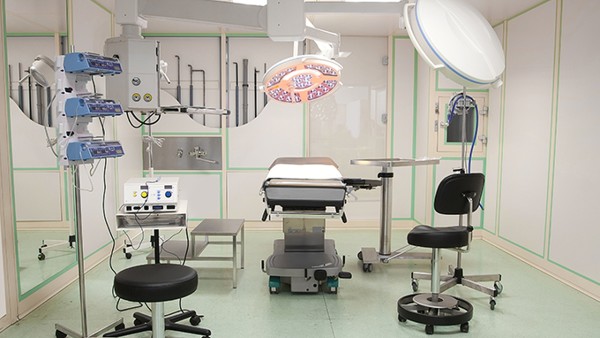Difficult Labor and High Sugar Levels: A Dangerous Duo

Introduction
Pregnancy is a beautiful and transformative journey, but it can also be challenging for some women. One of the most common complications is difficult labor, which can be caused by a number of factors, including the size of the baby, the position of the baby, and the mother's health. Another common complication is high sugar levels, which can also lead to a number of problems, including preeclampsia and gestational diabetes.
Difficult Labor
Difficult labor is defined as labor that lasts for more than 24 hours, or labor that requires the use of forceps or a vacuum extractor to deliver the baby. Difficult labor can be caused by a number of factors, including:
The size of the baby: A large baby can make it difficult for the baby to fit through the birth c***, which can lead to a prolonged labor.
The position of the baby: The baby's position can also affect the length of labor. A baby who is not head-down can be more difficult to deliver, which can lead to a longer labor.
The mother's health: The mother's health can also play a role in the length of labor. Conditions such as obesity, high blood pressure, and gestational diabetes can all increase the risk of difficult labor.
High Sugar Levels
High sugar levels, also known as hyperglycemia, can be a serious complication of pregnancy. Hyperglycemia can be caused by a number of factors, including:
Gestational diabetes: Gestational diabetes is a type of diabetes that develops during pregnancy. Gestational diabetes is caused by the body's inability to produce enough insulin, which is necessary for the body to use sugar for energy.
Preeclampsia: Preeclampsia is a serious pregnancy complication that is characterized by high blood pressure and protein in the urine. Preeclampsia can also cause high sugar levels.
Other medical conditions: Certain medical conditions, such as Cushing's syndrome, can also cause high sugar levels.
The Dangers of Difficult Labor and High Sugar Levels
Difficult labor and high sugar levels can both lead to a number of serious complications for both the mother and the baby.
Complications for the Mother
Vaginal tearing: Difficult labor can cause vaginal tearing, which can be painful and may require stitches to repair.
Uterine rupture: In rare cases, difficult labor can cause the uterus to rupture, which is a life-threatening condition.
Hemorrhage: Difficult labor can also lead to hemorrhage, which is excessive bleeding.
Infection: Difficult labor can also increase the risk of infection.
Complications for the Baby
Premature birth: Difficult labor can lead to premature birth, which is the birth of a baby before 37 weeks of gestation. Premature babies are at risk for a number of health problems, including respiratory problems, digestive problems, and learning disabilities.
Low birth weight: Difficult labor can also lead to low birth weight, which is the birth of a baby weighing less than 5 pounds, 8 ounces. Low birth weight babies are at risk for a number of health problems, including respiratory problems, feeding difficulties, and developmental delays.
Birth injuries: Difficult labor can also cause birth injuries, such as skull fractures, nerve damage, and cerebral palsy.
Prevention
There are a number of things that can be done to prevent difficult labor and high sugar levels.
Prevention of Difficult Labor
Get regular prenatal care: Regular prenatal care can help to identify and manage any risk factors for difficult labor.
Exercise regularly: Exercise can help to strengthen the muscles used in labor and delivery.
Eat a healthy diet: Eating a healthy diet can help to maintain a healthy weight and reduce the risk of gestational diabetes.
Avoid smoking: Smoking can increase the risk of difficult labor and premature birth.
Limit alcohol intake: Alcohol can also increase the risk of difficult labor and premature birth.
Prevention of High Sugar Levels
Get regular prenatal care: Regular prenatal care can help to identify and manage any risk factors for high sugar levels.
Eat a healthy diet: Eating a healthy diet can help to maintain a healthy weight and reduce the risk of gestational diabetes.
Get regular exercise: Exercise can help to improve insulin sensitivity and reduce the risk of gestational diabetes.
Monitor your blood sugar levels: If you have gestational diabetes, it is important to monitor your blood sugar levels regularly.
Take insulin as prescribed: If you have gestational diabetes, you may need to take insulin to control your blood sugar levels.
Conclusion
Difficult labor and high sugar levels are both serious complications of pregnancy that can lead to a number of health problems for both the mother and the baby. However, there are a number of things that can be done to prevent these complications, including getting regular prenatal care, eating a healthy diet, and getting regular exercise.
The above is all the content that the editor wants to share with you. I sincerely hope that these contents can bring some help to your life and health, and I also wish that your life will be happier and happier.
Topic: #high #sugar #and













